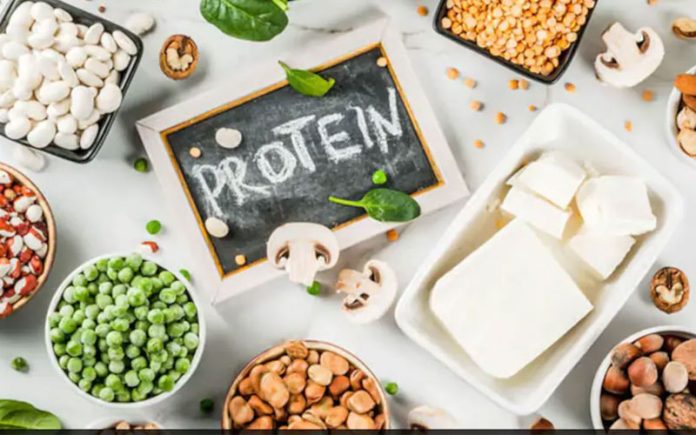Undernourishment affects 822 million individuals worldwide. For most, it’s because of unaffordable nutritious food. However, some cases are also due to unhealthy dietary choices.
Protein deficiency (hypoproteinemia), in turn, is a consequence of undernourishment. Its symptoms include weakness, fatigue, muscle atrophy, and flaky skin. It may even be predictive of COVID-19 severity and mortality!
All that should prompt you to learn how to get more protein into your diet.
Don’t worry, as that’s what we’re here to share with you. So, read on to discover our tips to elevate your protein intake.
1. Determine How Much Protein You Need
The first step to ensuring you’re getting enough protein is to know how much of it you need in the first place. The recommended intake depends on a person’s body weight.
For adults under 65, the daily recommendation is 0.8 grams of protein per kilogram (2.2 pounds) of body weight. Thus, if you weigh 140 pounds, you should make it a point to consume about 51 grams of protein daily.
2. Know Your High-Protein Foods
Animal products, such as lean beef, chicken, turkey, and pork, are some of the best protein sources. One reason is that they are complete proteins.
Complete proteins are those that contain all essential amino acids. There are nine essential amino acids that the body can’t manufacture on its own.
What if you don’t eat meat or would like to cut back on it? Then you can go with fish, eggs, dairy, soy, tofu, edamame, miso, and tempeh, all of which are complete proteins.
3. Incorporate Plant-Based Proteins
Aside from soy, many other plant species contain protein, too. The chief difference is that most plant sources are incomplete proteins. That means they provide some but not all nine essential amino acids.
Still, that doesn’t mean plant-based proteins are subpar to complete proteins. Therefore, you don’t need to stick to a complete protein diet. But, it does mean you need to supplement your plant-based meals with other nutritious (i.e., go, grow, and glow) food.
Some of the best plant proteins are beans, lentils, peas, seeds, whole grains, and vegetables. Spirulina, a blue/green algae, also contains protein, iron, B vitamins, and manganese. You can also get your daily dose from mycoprotein, a product derived from mushrooms.
4. Enjoy Variation With Protein Snacks
Nuts, including almonds and almond butter, are also excellent protein sources. And so are peanuts and, of course, peanut butter.
Thanks to those options, you can make your snacks protein-rich, too. You can also add them to salads and even stir-fried dishes.
However, choose sugar-free nut butter or those with little added sugar if you wish to snack on them. Or, if you have the budget, a better alternative is to make your own at home using a nut butter mill. Making it at home gives you complete control over the ingredients (and their quantity).
That’s How to Get More Protein in Your Diet
Remember: Even though severe protein deficiency is rare in the U.S., it still happens, and worse, it can be deadly. This macronutrient, after all, is the basic building block of life.
Thankfully, you now know how to get more protein into your meals, so it’s time to elevate your intake.
Do you fancy reading more informative health and wellness guides like this? Then please feel free to check out more of our latest blog posts now!










